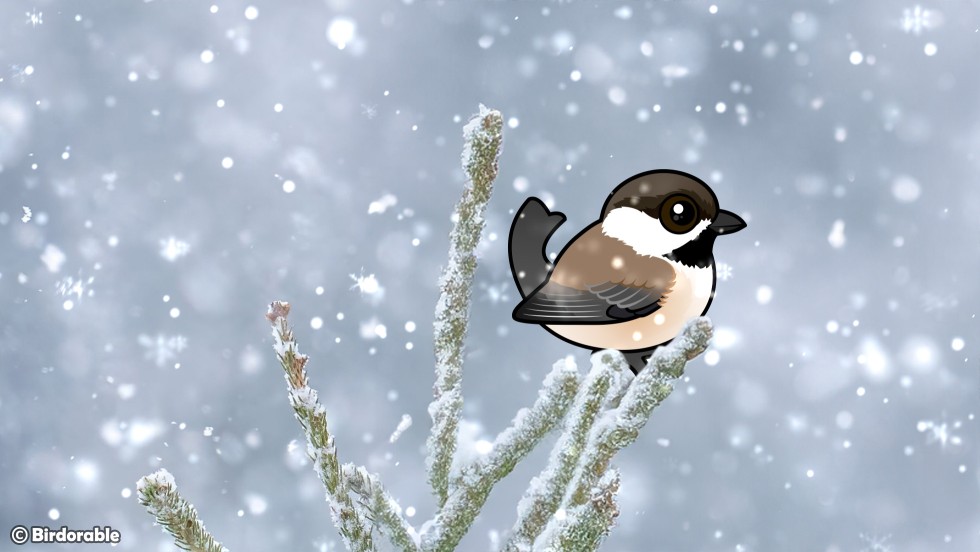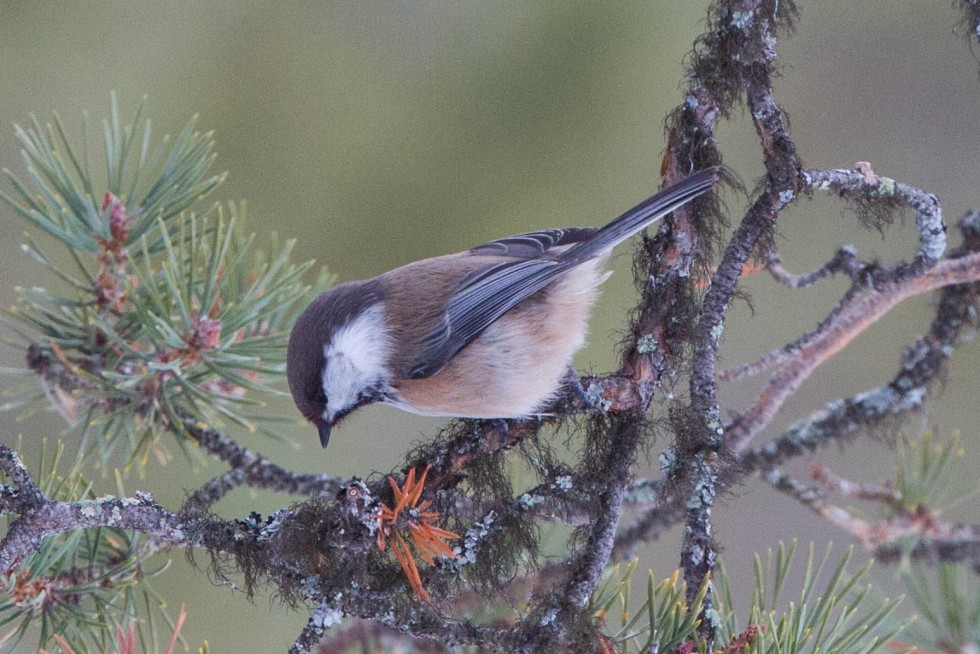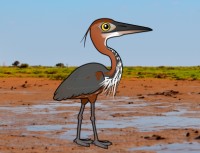The Hardy Life of the Gray-headed Chickadee

The Gray-headed Chickadee, also known as the Siberian Tit, is a charming little bird found in the northernmost parts of Europe and Asia, including Scandinavia and Siberia. These birds have an endearing, familiar fluffy appearance and are well-adapted to their harsh, cold habitats. Let’s learn more about the Gray-headed Chickadee, one of the newest species to join Birdorable!
A note about Gray versus Grey: The difference in spelling between "gray" and "grey" primarily depends on regional preferences. "Gray" is the preferred spelling in American English, while "grey" is more commonly used in British English. Both spellings are correct and refer to the same color. The choice of spelling is typically based on the writer's native dialect or the audience they are addressing. You may find different authorities online use either spelling or even both in the same publication.
Gray-headed Chickadees are small birds, measuring about 13-14 centimeters (5-5.5 inches) in length. They weigh around 11-14 grams (less than half an ounce!). They are named for their distinctive gray head, which contrasts beautifully with their brownish bodies and pale underparts. The birds also have a black bib under their beak and white cheeks, giving them a striking and easily recognizable look like other species of chickadee.
These chickadees are non-migratory, meaning they stay in their range throughout the year, enduring the frigid winters of their northern homes. They are incredibly resilient and have several adaptations to help them survive the cold. During the winter, they often roost in tree cavities or nest boxes, where they can stay warm and safe from predators.

Gray-headed Chickadee by Ron Knight [CC BY 2.0]
Their diet mainly consists of insects and seeds. In the summer, Gray-headed Chickadees feed on a variety of insects, spiders, and other small invertebrates. In the winter, when insects are scarce, they rely more heavily on seeds. These little forward-thinkers are big on caching food. They will often cache food during times of abundance to help them through the cold months. Cached items include both seeds and arthropods.
Gray-headed Chickadees are also known for their delightful vocalizations. They have a variety of calls and songs, serenades and warning calls, all used for communication.
Breeding season for Gray-headed Chickadees begins in spring. They are cavity nesters, using old woodpecker holes, natural tree cavities, or nest boxes. The female lays a clutch of 4-11 eggs and incubates them alone for about two weeks. Both parents are involved in feeding the chicks once they hatch. The young fledge the nest after about three weeks but may remain with their parents for some time before becoming fully independent.
Gray-headed Chickadees are a wonderful example of the resilience and adaptability of birds living in extreme environments. Because of their far northern habitat, they are not as closely studied as other species of chickadee -- more research is needed to fully understand these cold-weather dwellers. Surely seeing these small but tough birds thrive in the harshest conditions is truly inspiring.

















Comments
Leave a comment
Thank you!